Sign up to get Matt Kettmann’s Full Belly Files, which serves up multiple courses of food & drink coverage every Friday, going off-menu from our regularly published content to deliver tasty nuggets of restaurant, recipe, and refreshment wisdom to your inbox
I can’t believe that it’s only been a little more than a decade since Jim Fiolek left his post as the head of the Santa Barbara County Vintners Association, today more simply called Santa Barbara Vintners. Fiolek — who actually attended the same high school as me, though a generation before — started as a volunteer in 2006 and professionalized the organization during his tenure, hiring a staff and paying salaries.
That evolution — which will be celebrated during the 40th Annual Santa Barbara Vintners Festival on October 19 — was a strong indication of how quickly Santa Barbara was becoming a centerpiece of California’s wine industry, rising alongside Central Coast neighbors like Paso Robles to challenge the decades-long dominance of Napa and Sonoma. The backbone, then as now, is the region’s viticulturists and winemakers, who truly craft some of the most exciting wines on the planet every year, renowned from our humble shores to such epicurean proving grounds as New York, London, and Paris.
Little did anyone know how many challenges that Fiolek’s successors would face, from battling county planners to surviving a pandemic. Indeed, that decade of headwinds has kept the Santa Barbara Vintners in a fairly similar organizational status as it was in 2013, while other regions like Paso, Lodi, and even Temecula gained significant ground in funding, outreach, and visitation.

When Fiolek left in 2013, the Vintners hired Morgen McLaughlin, who further modernized the organization, increased its budget, and touted the industry’s greater benefits to the region. She smartly courted media near and far, drawing much-needed critical and cultural attention to the stunning wines being made here. We spoke regularly, often for articles, but just as often to catch up on what was happening in wine country, with our various insights and observations flowing both ways.
But Morgen spent most of her time fighting against a proposed winery ordinance that most believed would have made it harder for wineries to operate in a regulatory environment that was already one of the strictest in the country. That ordinance, which involved five years of planning that followed community conflicts between a few wineries and some of their neighbors, was summarily killed by the Board of Supervisors in 2016. (Click here to read about that decision and find links to eight other stories that I wrote about it.)
McLaughlin emerged entirely victorious — a rarity in planning politics — but wine country ultimately lost a lot of momentum, as the time she would have dedicated to marketing, fundraising, and outreach was consumed by often nasty politics. No wonder she took the exit route to the Willamette Valley wine country when she could.
To replace McLaughlin, the Vintners board opted to go outside of the wine industry, hiring nonprofit expert Alison Laslett to take the reins in the fall of 2017. (Fun fact: Photographer Paul Wellman took that portrait in my garage.) Aside from having to learn about wine from the ground up and figure out a way to raise enough money to compete with places like Paso, Laslett would wind up staring down the COVID-19 pandemic, the scariest economic time ever for Santa Barbara wine country.

In the midst of all that, Laslett and her team hatched a revolutionary idea to create a Business Improvement District, or BID, that added a tiny fee to each bottle of wine sold. Much like is done with tourism regions to fund things like Visit Santa Barbara or commercial areas to fund things like Downtown Santa Barbara, the Wine BID would build in an automatic funding mechanism to support the Santa Barbara Vintners’ efforts to promote the region.
I thought it was a good idea that almost no consumers would notice or object to. Paying about $1 more for a $60 bottle of wine is an added cost that most people — especially those who can afford such luxuries — are used to these days, and the $1 million or so raised annually would have done a lot to help the region. Santa Barbara would have been the first in the world to approve such a measure, giving us a competitive advantage and asserting our position as an industry leader.
But as some very vocal opposition mounted — they had some logical points, but it felt mostly philosophical in nature — the idea was abandoned in October 2020. Since then, Temecula and Livermore created their own BIDs, and there is talk of it happening in Paso Robles and Monterey as well. If this continues, it’s likely that BIDs will become a necessary tool for wine regions to stay competitive.
There’s a second chance in the works right now. While Laslett hasn’t really spoken much about it to me or issued any press releases, I have heard from many vintners that the groundwork is being laid for another run at the Wine BID. Given that lack of public information, I was surprised to see my colleague Nick Welsh write about it back in May, when some of that philosophical opposition (from someone who hasn’t sold wine in years) popped up during a mostly procedural Board of Supervisors vote on the renewed effort.

After seeing that, I reached out to the Vintners and asked that they loop me in on developments going forward, with the strong suggestion that being quiet about this push is unlikely to help the cause. They agreed, but I haven’t heard anything since, so I guess there’s nothing new to report.
The sense I get this time around is that the opposition is less dug in, and that vintners are realizing that the region could use some financial resources to better compete with their neighbors, especially as wine sales slow for many of them. It’s about time they recognize as much, as Santa Barbara is getting a bit spanked otherwise, at least when it comes to organizational clout.
For my job at Wine Enthusiast, I work with wine organizations all across the state, from Temecula to Mendocino, and am in touch with many others beyond that. Whether via marketing emails or direct conversations, I hear from most of them more often than I do from the Santa Barbara Vintners. I have to assume that lack of communication is directly related to a lack of adequate funding, which would be greatly enhanced with a BID.
If Santa Barbara Vintners does join the Wine BID party, Laslett and her team should finally have the stable backing required to focus on what the organization was founded to do in the first place: Tell the masses about the great things happening here. I’ve certainly been trying to do my part over the years, and it would be great to have even more voices out there doing the same.
So, yeah, a long decade indeed.
Vintners Fest Turns 40

Enough with the drama, now for the fun: The 40th Annual Santa Barbara Vintners Festival goes down on October 19, 1-4 p.m., at Vega Vineyard & Farm in Buellton. More than 60 wineries and nearly 30 restaurants will be serving, and there will be live music by Generic Clapton, a grapevine giveaway, an instant cellar raffle, and a silent auction. There’s a range of other ticket prices, from the basic $125 to the $175 early entry to the $25 non-drinking options.
This year, guests seeking a special, more private experience can rent one of Vega’s new “Pop’s Place” cabanas, which includes eight tickets, two parking spots, a charcuterie plate, two bottles of wine to drink, and a six-pack of selected wines to take home for $2,500.

Those itching for some sparkling wines will rejoice that the festival features the largest assortment of Santa Barbara bubblies in one place at the Bubble Lounge. Pouring in that space this year are Carhartt, Foxen, Future Perfect, The Hilt, Lumen, Margerum, Native9 & Ranchos De Ontiveros, Presqu’ile, Riverbench, Saarloos & Sons, Sanford, Strange Family, and Sunstone.
And for those seeking new flavors, there are six new wineries to try: CrossHatch Winery (under a new owner); Dreamcôte Wine Co.; El Viñero; Four Brothers Wine Co.; Slouch Hat Wines; and So Far Out Wine Company.
From Our Table

Here are some of my recent articles that you may have missed:
- The Vintners Fest will probably be the first place that you can try the only chenin blanc grown in the Sta. Rita Hills, as Pali Wine Co. plans to pour its newest creation that day. It’s a very promising inaugural vintage, and I get into all this particulars of why they planted it in this story.
- On the heels of this fun but informative story I did pitting pinot noir versus cabernet sauvignon, Wine Enthusiast asked me to do one on the stars of the white wine world. So here you go: sauvignon blanc versus chardonnay, starring, among other luminaries from Napa (Rombauer!) and New Zealand (Kim Crawford!), our very own vintners Kathy Joseph of Fiddlehead Cellars and Brandon Sparks-Gillis and John Dragonette of Dragonette Cellars.
- Blast from the 15-year-old past: a feature that I wrote to preview the 2009 Vintners Festival, with Jim Fiolek calling out Santa Barbara’s “alma.” Dragonette gets called out as a newbie in this one!
Premier Events
Wed, Dec 31
9:00 PM
Santa barbara
NEW YEAR’S Wildcat Lounge
Fri, Dec 26
7:00 AM
Solvang
Solvang Julefest
Sat, Dec 27
7:00 PM
Santa Barbara
Schnack ‘n Bari Jazz Trio at Roy
Wed, Dec 31
6:15 PM
Santa Barbara
NYE 2026 with SB Comedy Hideaway!
Wed, Dec 31
9:00 PM
Santa barbara
NEW YEAR’S Wildcat Lounge
Wed, Dec 31
10:00 PM
Santa Barbara
In Session Between Us: Vol. I NYE x Alcazar
Wed, Dec 31
10:00 PM
Santa Barbara
NYE: Disco Cowgirls & Midnight Cowboys
Thu, Jan 01
7:00 AM
Solvang
Solvang Julefest
Thu, Jan 01
11:00 AM
Santa Barbara
Santa Barbara Polar Dip 2026
Sat, Jan 03
8:00 PM
Santa Barbara
No Simple Highway- SOhO!
Sun, Jan 04
7:00 AM
Solvang
Solvang Julefest
Wed, Dec 31 9:00 PM
Santa barbara
NEW YEAR’S Wildcat Lounge
Fri, Dec 26 7:00 AM
Solvang
Solvang Julefest
Sat, Dec 27 7:00 PM
Santa Barbara
Schnack ‘n Bari Jazz Trio at Roy
Wed, Dec 31 6:15 PM
Santa Barbara
NYE 2026 with SB Comedy Hideaway!
Wed, Dec 31 9:00 PM
Santa barbara
NEW YEAR’S Wildcat Lounge
Wed, Dec 31 10:00 PM
Santa Barbara
In Session Between Us: Vol. I NYE x Alcazar
Wed, Dec 31 10:00 PM
Santa Barbara
NYE: Disco Cowgirls & Midnight Cowboys
Thu, Jan 01 7:00 AM
Solvang
Solvang Julefest
Thu, Jan 01 11:00 AM
Santa Barbara
Santa Barbara Polar Dip 2026
Sat, Jan 03 8:00 PM
Santa Barbara
No Simple Highway- SOhO!
Sun, Jan 04 7:00 AM
Solvang


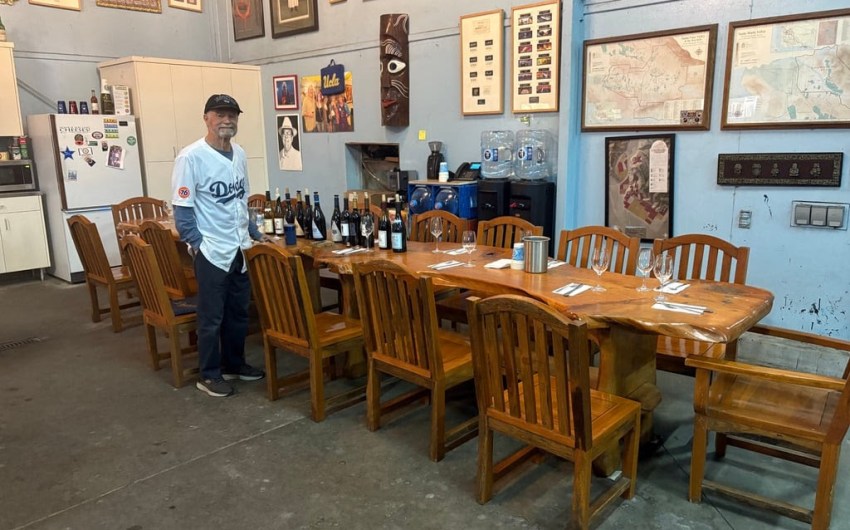
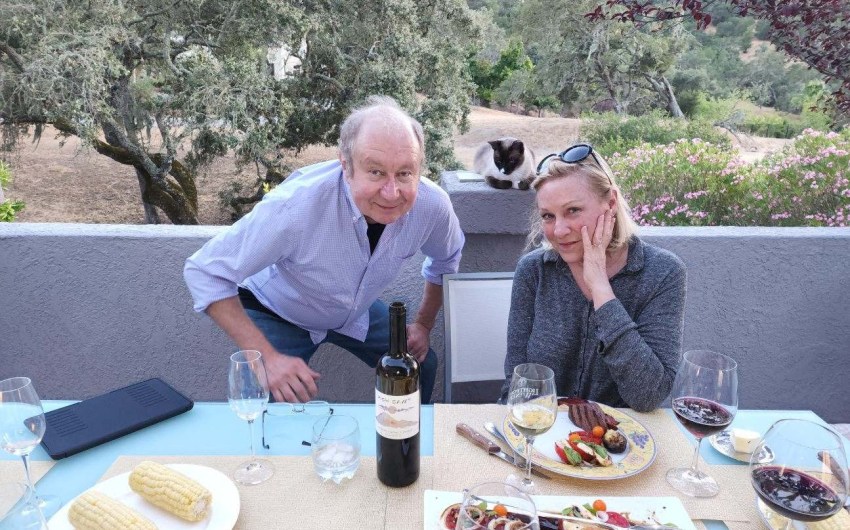
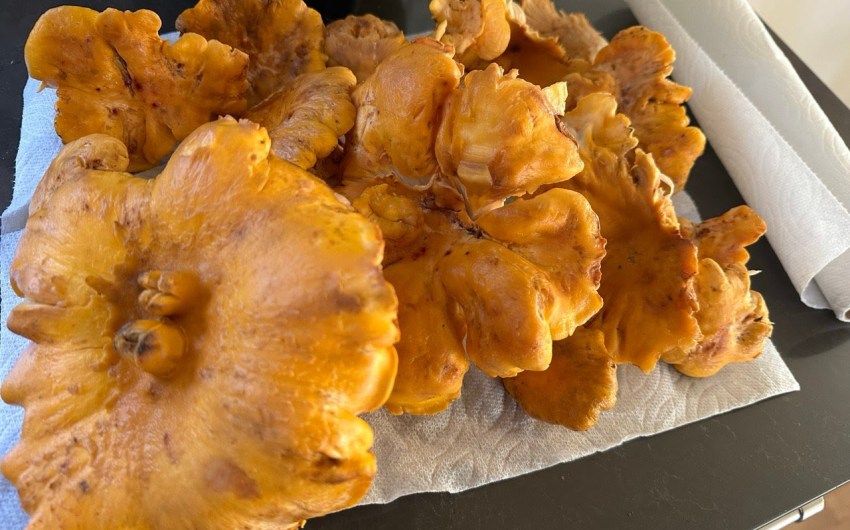
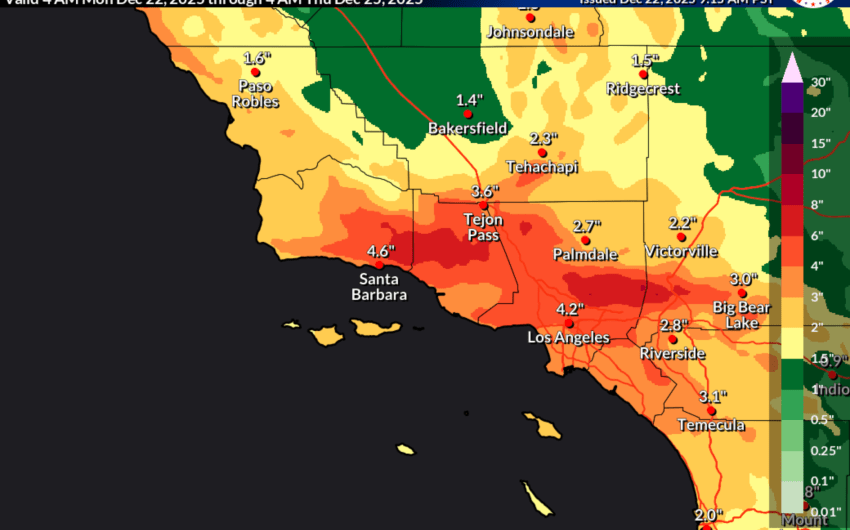
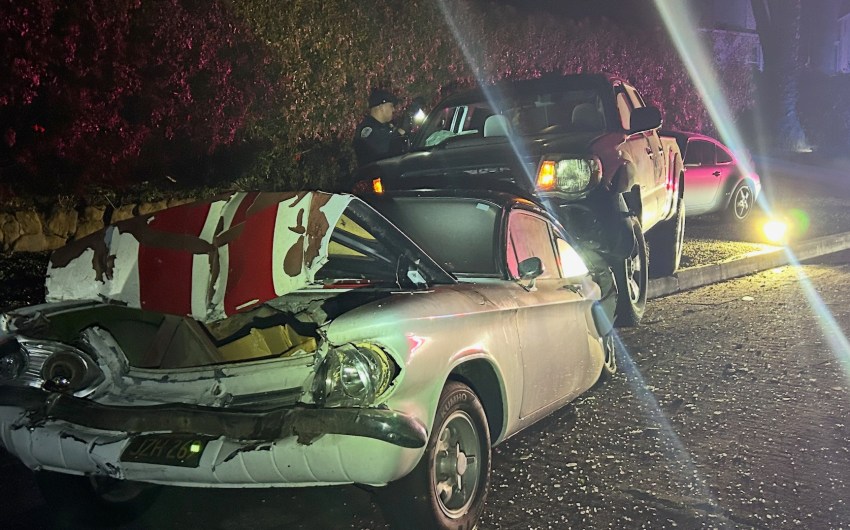
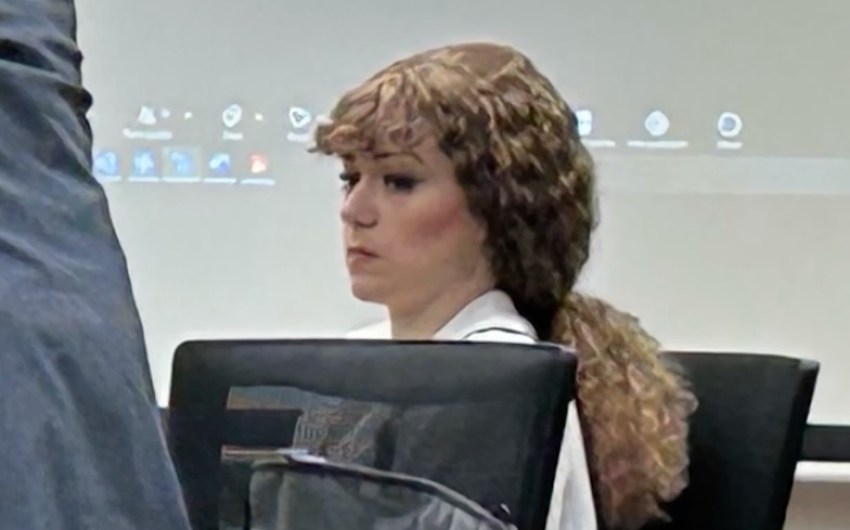


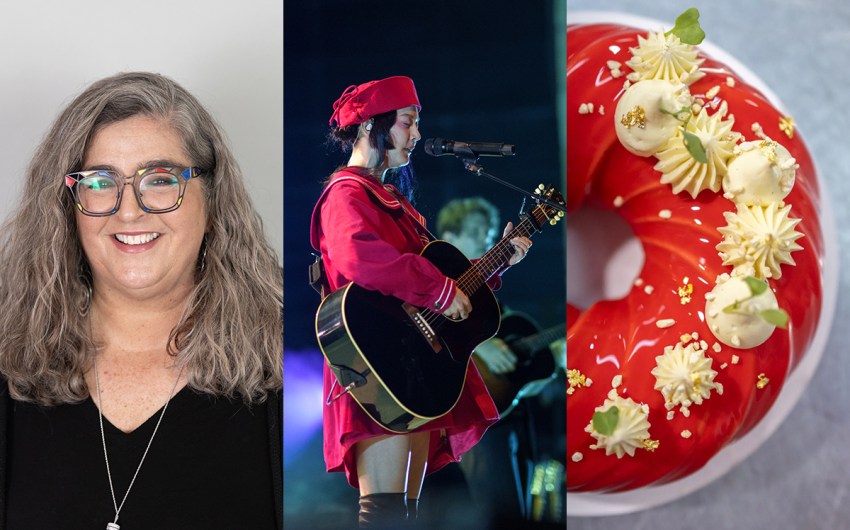
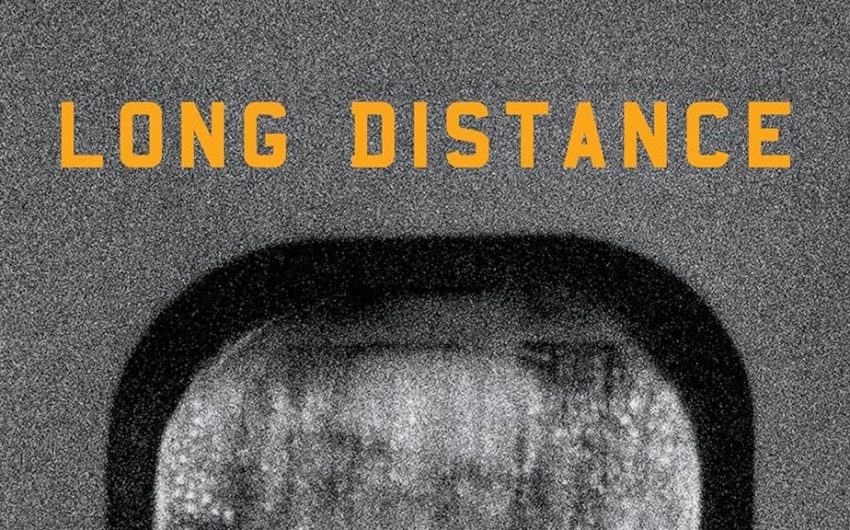

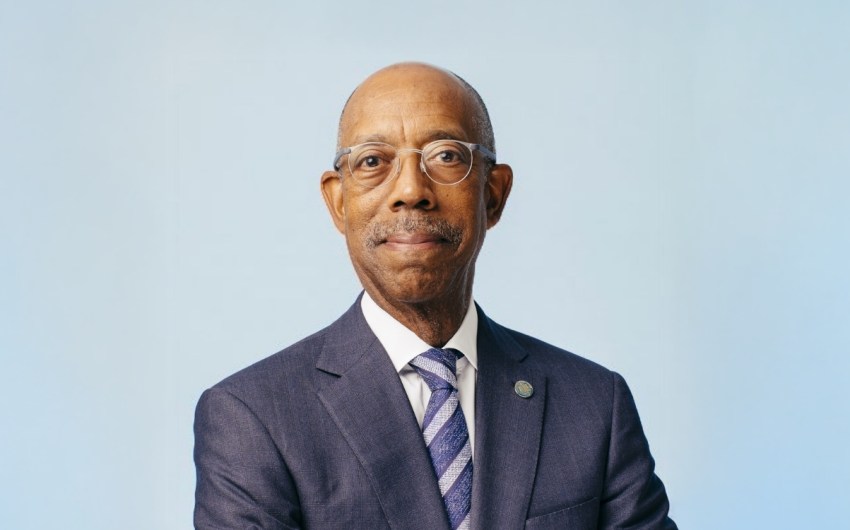
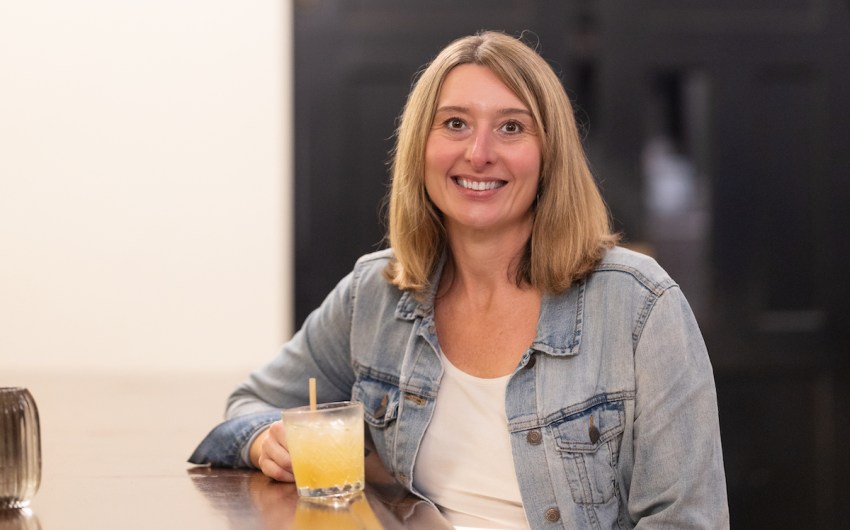

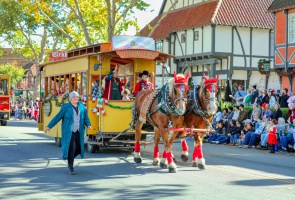
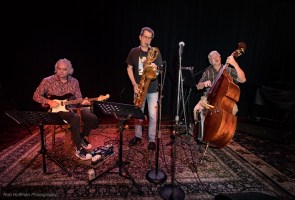

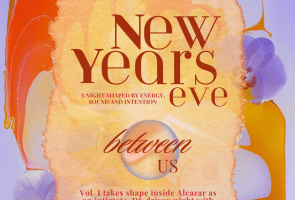
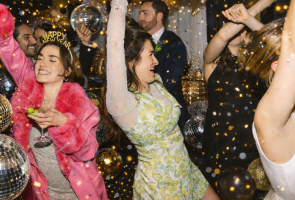
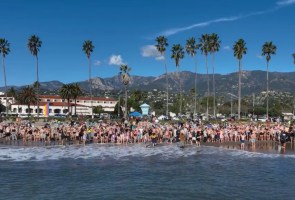

You must be logged in to post a comment.